GE 4.2 cu. ft. White Top Load Washing Machine with Stainless Steel Basket
More capacity means fewer loads. Pairs best with Electric GTD33EASKWW or Gas GTD33GASKWW Dryer(s). Heavy-duty agitator thoroughly cleans garments.
GE appliances provide up-to-date technology and exceptional quality to simplify the way you live. With a timeless appearance, this family of appliances is ideal for your family. And, coming from one of the most trusted names in America, you know that this entire selection of appliances is as advanced as it is practical.
- The largest capacity in its class – class is defined as washers up to a $649 MSRP
- Deep clean cycle – achieve the ultimate deep clean for your toughest laundry loads with 67% more cleaning power than the most commonly used cycle, colors, normal cycle
- Capacity – wash large items and do laundry less often with a large 4.2 cu. ft. of capacity
- Water level/load size – take the guesswork out of choosing the right water level with PreciseFill or manually select any water level for maximum cleaning performance
- Deep rinse – ensure clothes are thoroughly rinsed free of detergent, fabric softener and other additives
- Heavy-duty agitator – thoroughly clean every load thanks to a powerful washing motion
- Stainless steel basket – long-lasting, durable stainless steel resists rust and wont chip, peel or snag clothes
- 11 wash cycles – choose from 11 wash cycles that accommodate every load type
- 6 water temperatures – pick the water temperature you prefer and wash your way
- 700 RPM spin speed – efficiently remove water and minimize drying time with a fast spin speed
- Bleach and fabric softener dispensers – improve results with dispensers that automatically release bleach and fabric softener at the optimal point during the wash cycle
- Cycle status lights – easily track your wash cycle with lights that indicate fill, soak, wash, rinse or spin status with just a glance
- 44 in. H x 27 in. W x 27 in. D
- Limited 1-year entire appliance warranty
Additional information
| Capacity (cu. ft.) | 4.2 |
|---|---|
| Height With Lid Open 90 Degrees (In) | 54 |
| Product Depth x Height x Width (in.) | 27 x 44 x 27 |
| Certifications and Listings | UL Listed |
| Manufacturer Warranty | 1 Year |

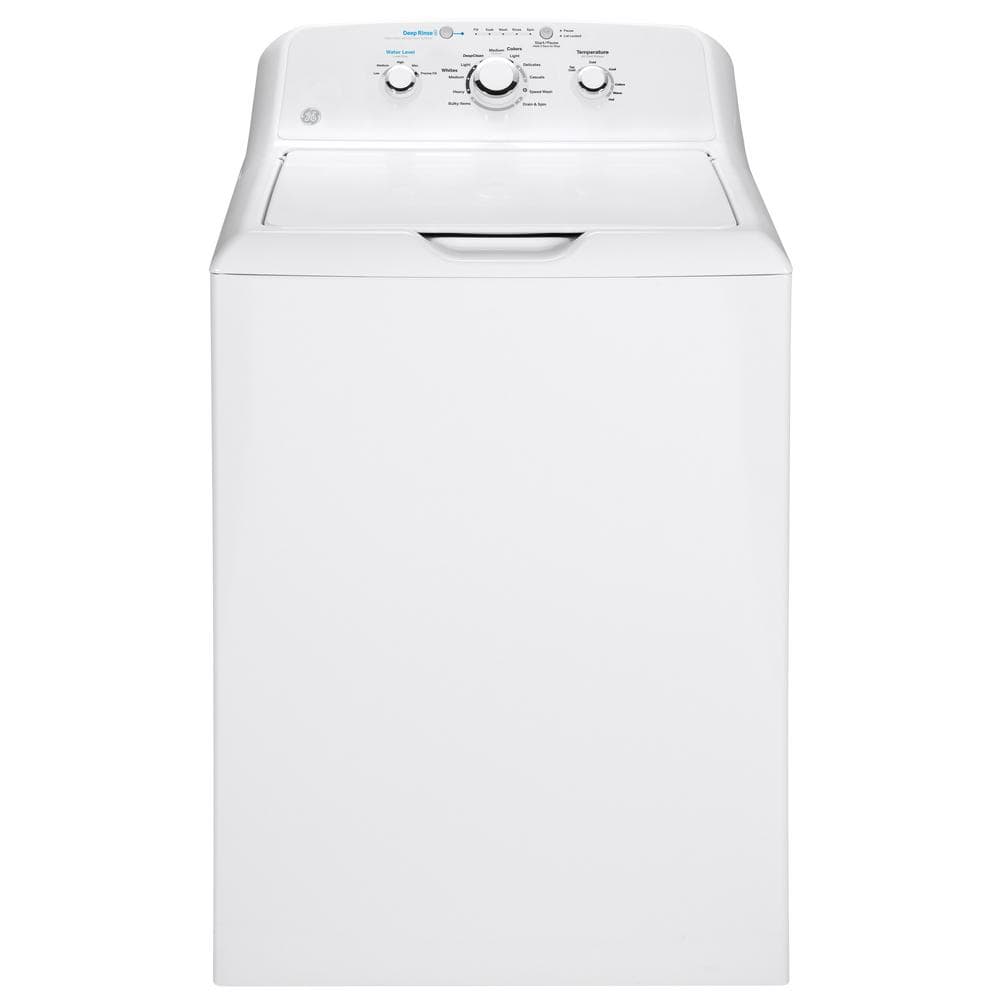
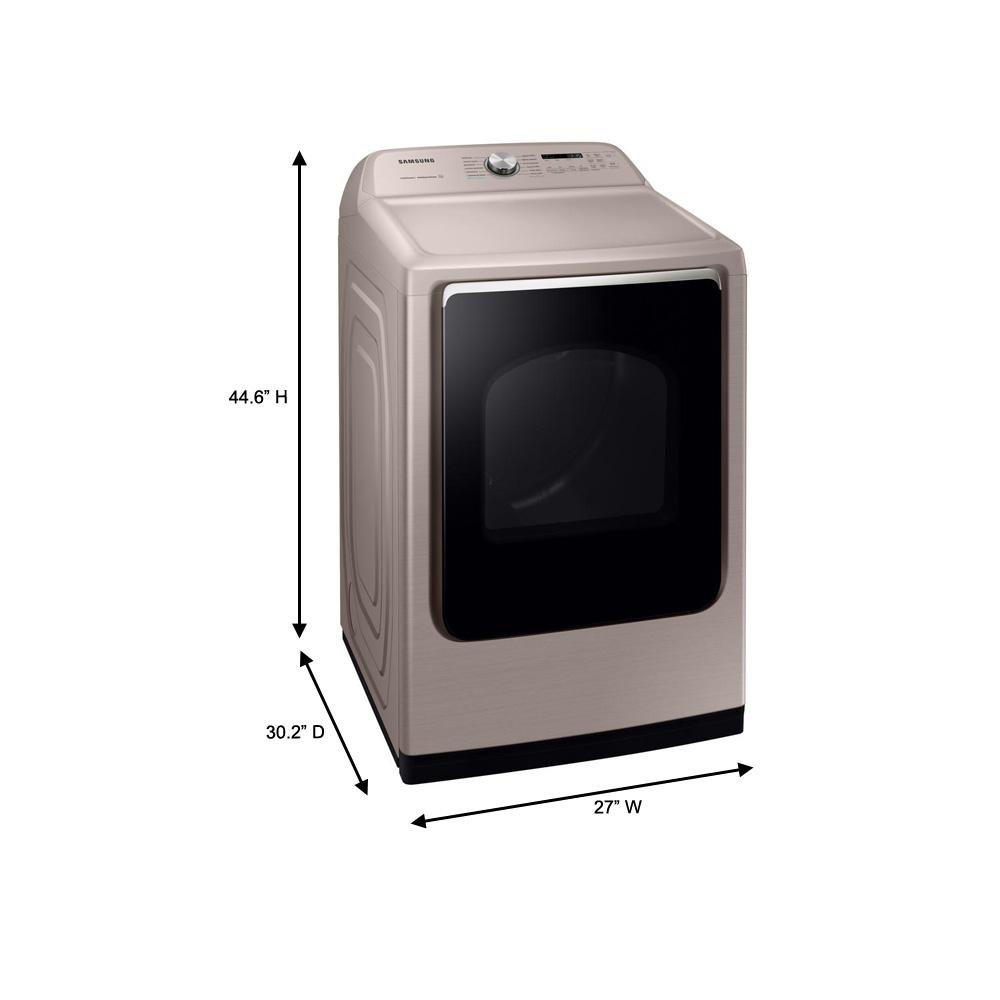
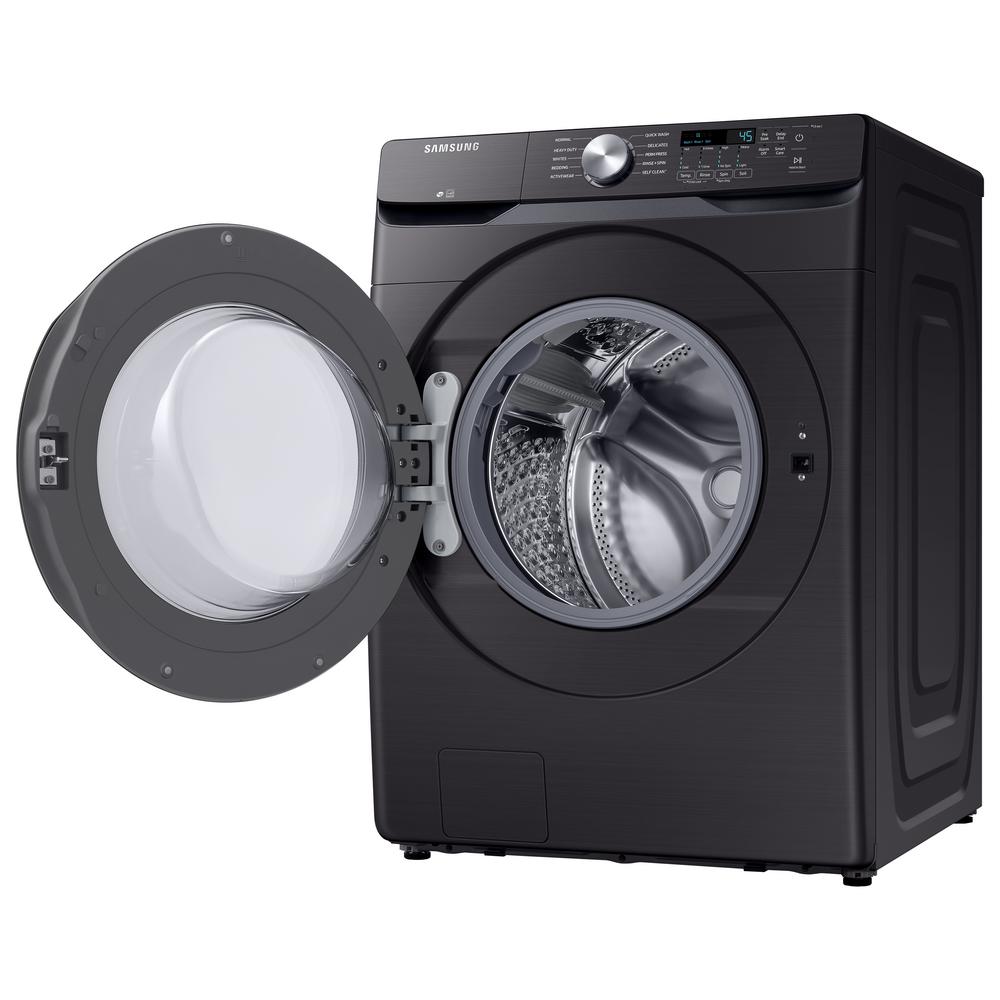
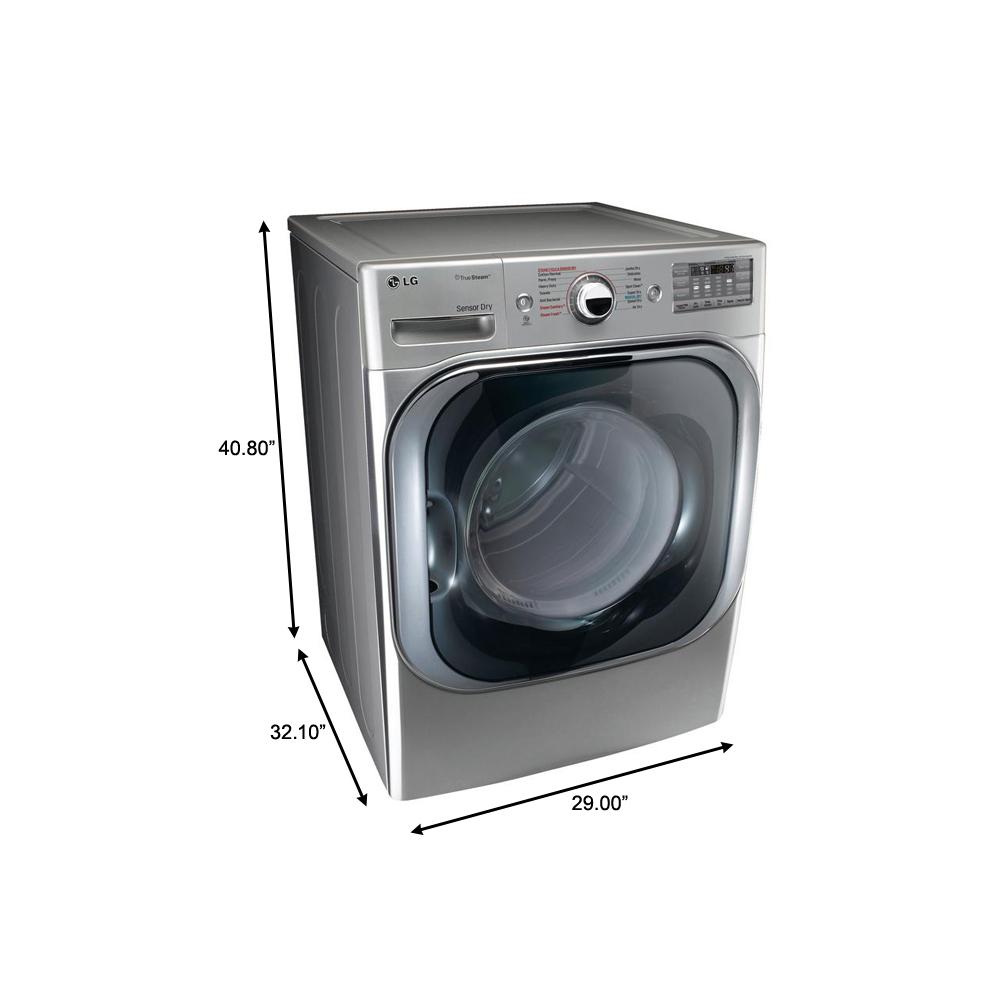
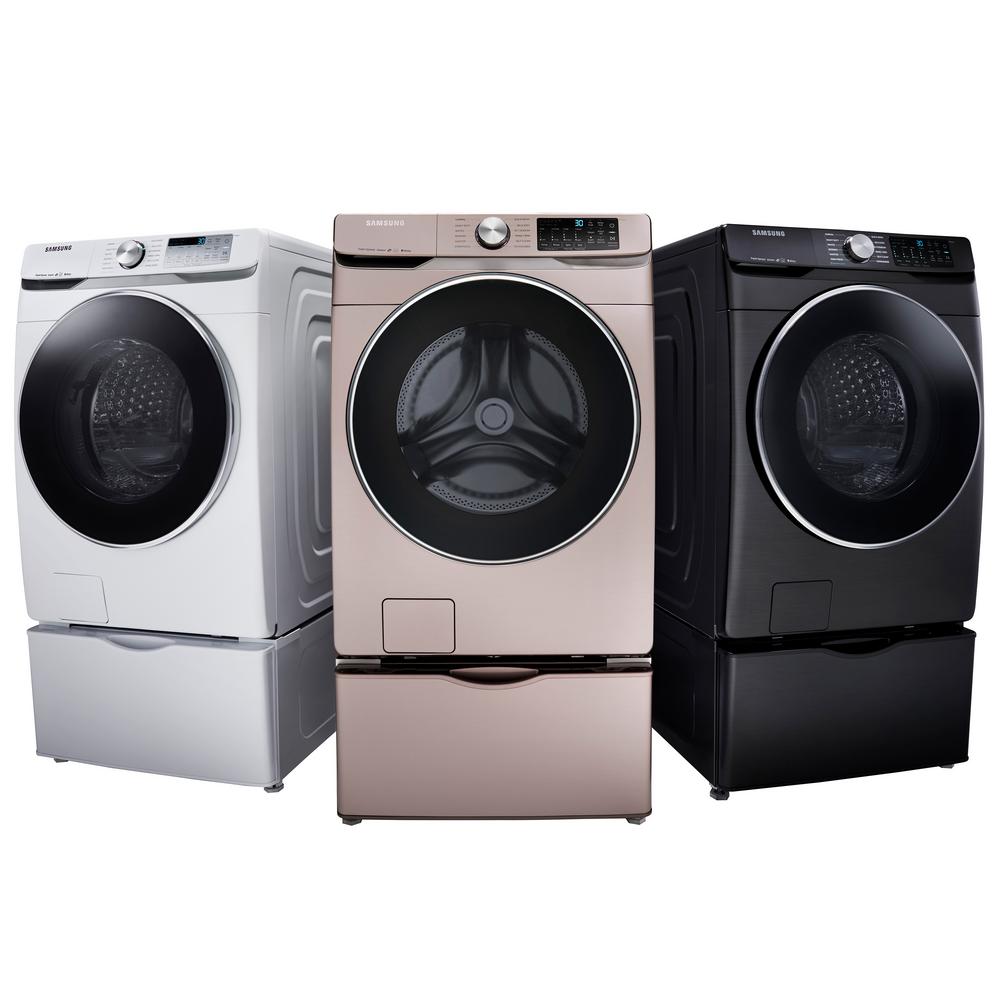
by Chris
This is a sturdy machine but does not have a 2nd rinse only or a rinse only option .
by Mike
Runs great.. not so noisy very big and roomy inside I love it!!
by Wayne
Washes well. Easy to use.
by Quaye
Easy to install very quite.